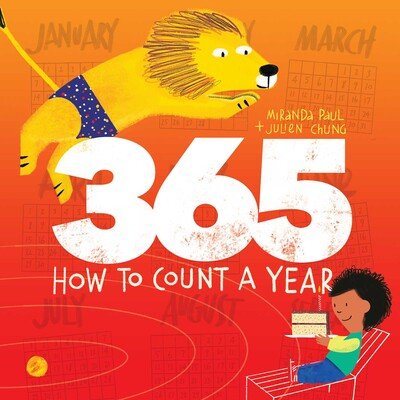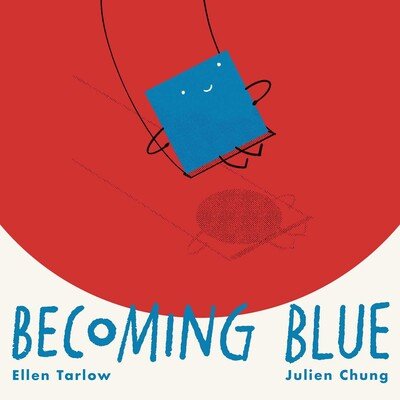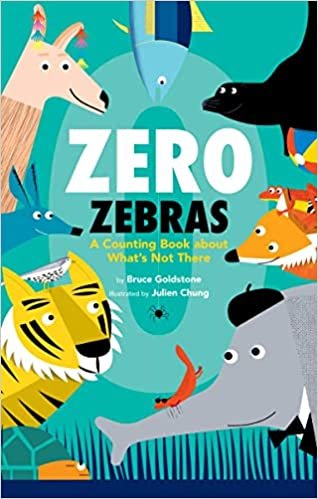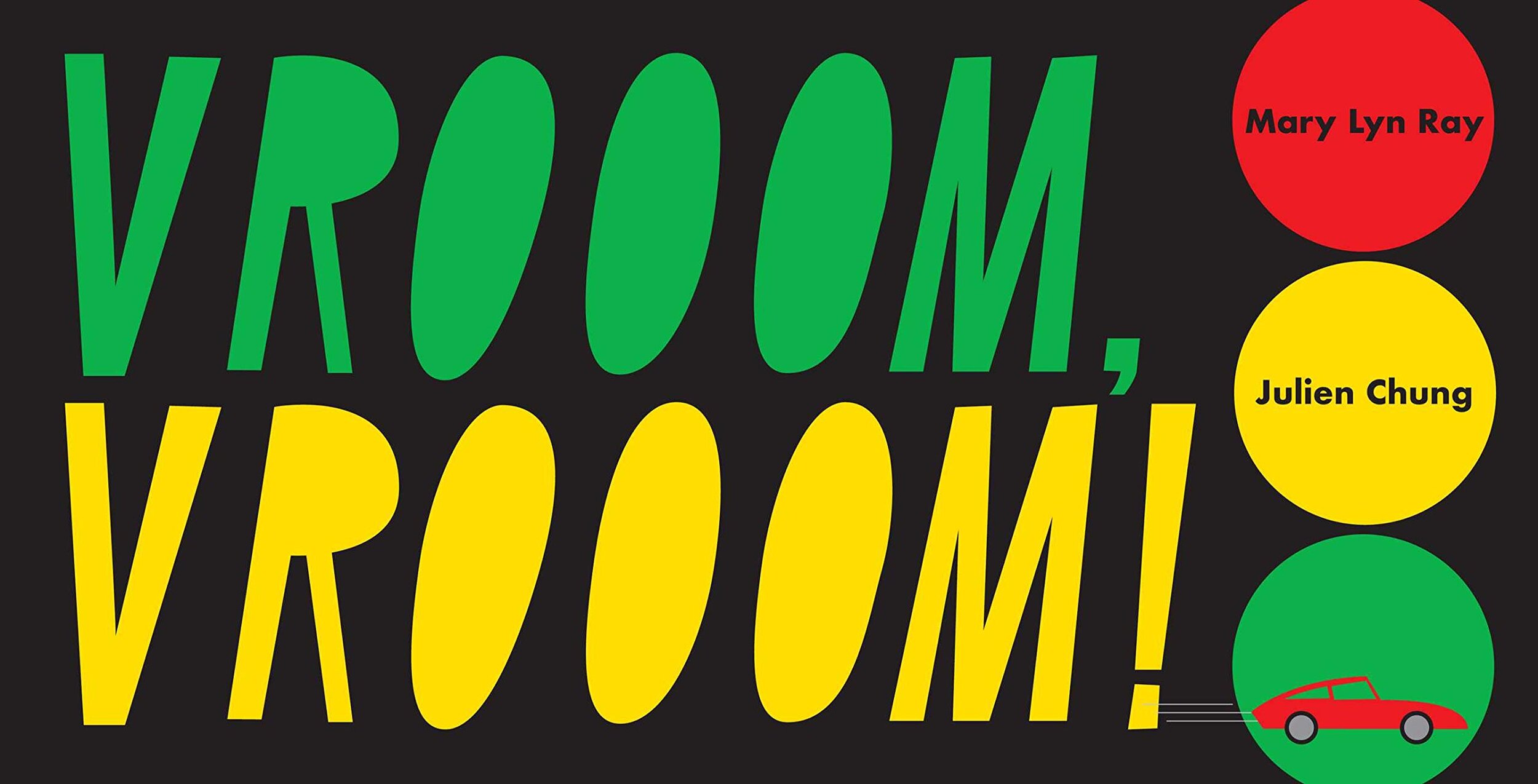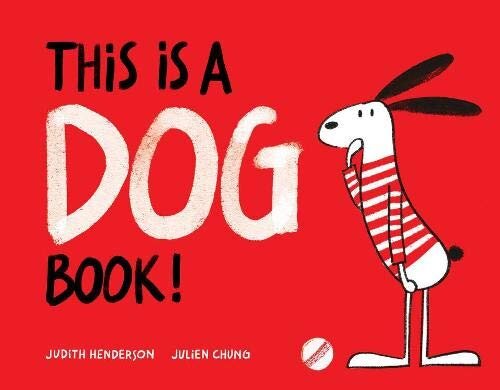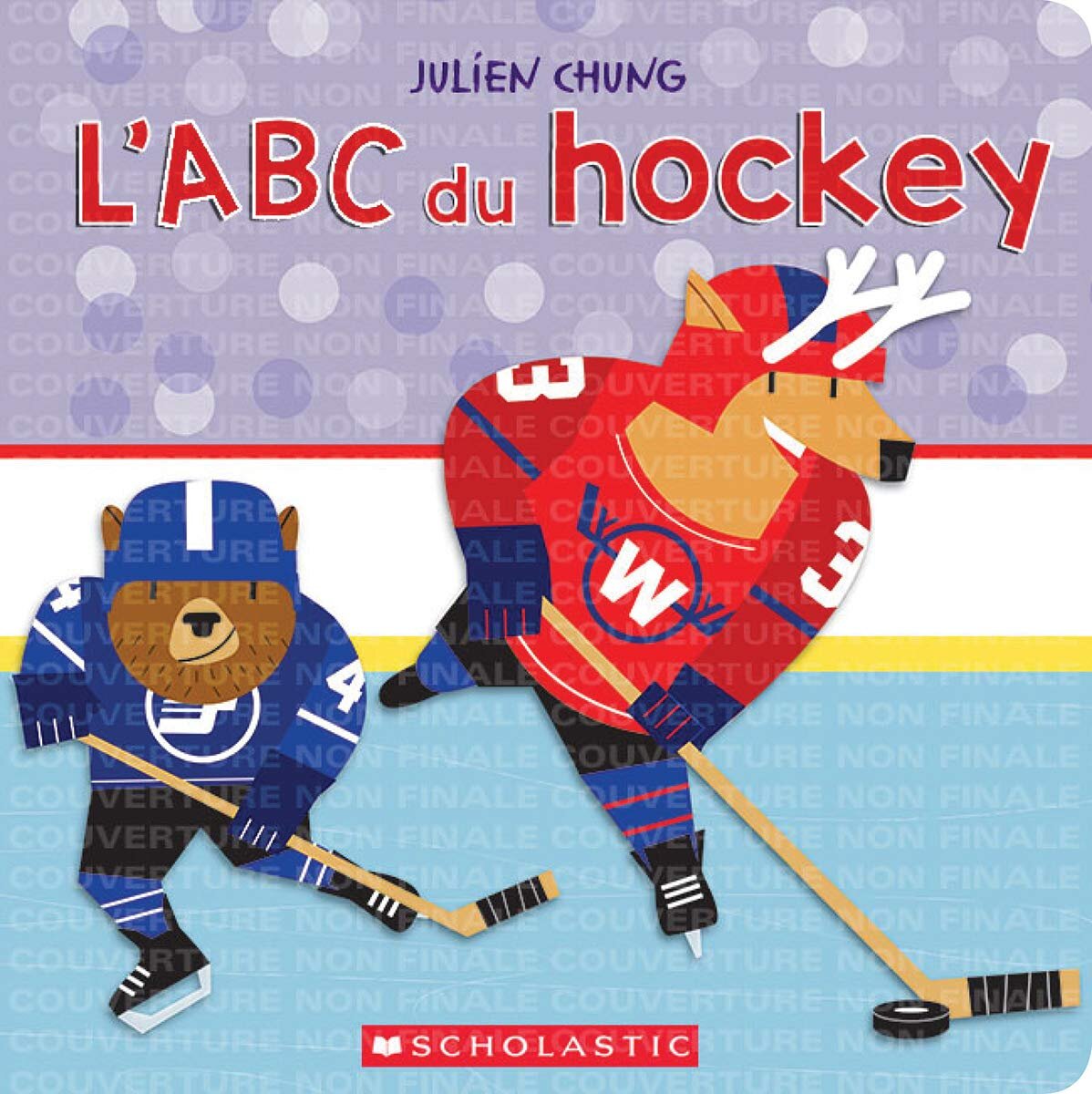Julien Chung
Julien Chung is a designer and illustrator who makes pictures for children’s books. His work is on products and books all around the world—from milk glasses to piggy banks, from Reykjavik to Tokyo, in more than fifty countries. With nine published books and several more in the works, Julien has earned accolades for his illustrations from 3x3 magazine, the American Society of Illustrators, Applied Arts, and the Bologna Children’s Book Fair, to name a few.
His artistic career began in his childhood home—inspired by the bright visuals of his mother’s children’s book collection and his father’s love of modern architecture and Scandinavian furniture. In addition to his favorite childhood comics, Julien draws influence from the bright, minimalistic colors of Henri Matisse, the refined designs of Milton Glaser, and quirky animals everywhere.
Julien likes chocolate ice cream (preferably with chocolate chunks), sketching with rainbow pencils (you never know what color the line will be), and dogs. He lives in Montreal with his wife. Even though Montreal is full of skyscrapers, there’s a park nearby with squirrels, woodpeckers, deer, and Canada geese. Julien likes to draw them all.
Reviews
365: How to Count a Year
“A year’s worth of days is a lot to wrap one’s head around, as signified by the 365 neatly numbered circles that fill the front endpapers of this chatty explainer from Paul (Little Libraries, Big Heroes) and Chung (Vrooom, Vrooom!). Revealing that a year technically equals 365 and a quarter days, the creators break the temporal measurement into more manageable segments, all portrayed in posterlike digital pictures starring a brown-skinned child and a bright yellow lion companion. Sure, a year can represent “hopefully, 365 clean pairs of underwear,” but it can also be “52 get-naked-and-SPLASH Sunday baths” (the lion dives head first into the tub) or 12 monthly “clean-the-fish-tank messes” (the duo imagine they are deep-sea divers). Even smaller increments exist, of course—though the creators acknowledge that thinking about a year as, say, 525,600 minutes “could drag on and on and on.” Ultimately, time is what one makes of it, and the book ends advocating for reflection over mere enumeration: “1 marvelous collage of 1 year in the life of you.” An afterword delves into calendars and adds plenty more about “how much can happen in one year.””—Publishers Weekly
Becoming Blue
“Shy Blue, a square, idolizes outgoing, brave, accomplished Red, a sphere. Blue is a square in more ways than one, while Red’s the color of a firetruck, fire itself, and, best of all, a stop sign. Fed up that Blue copies her, she demands that he “Go be Blue!” i.e., himself. Blue tries to find his essential blueness but can’t. As events unfold, however, Blue discovers marvelous, hitherto unknown talents that only someone blue can possess. In the end, Red not only acknowledges and compliments Blue’s specialness, but also adopts some qualities that make him unique. Better still, the pals discover that, when combining talents, something extraordinary happens . . . Though Blue’s heightened sense of self-worth develops late, readers will welcome it and appreciate Red’s respectful acknowledgment. The quirky digital illustrations are appealing; occasional colored typefaces and backgrounds enhance visual interest, as do the characters’ expressive faces, achieved through dots for eyes and simple lines for mouths.”—Kirkus Reviews
Zero Zebras
“A counting book cleverly designed to raise awareness about nothing. ‘Zero is a big nothing,’ Goldstone rightly writes, ‘but it’s also a big deal.’ Younger audiences will definitely get a sense of what he means from this effervescent animal count, which begins with “I see one wallaby…” and goes on from “Two tuna splish/and splash/and splosh…” to “Twelve turtles/wallow in mud”—each verse ending with a refrain that is some variant on “and zero zebras.” Zero zebras are indeed what viewers will find in the cheery illustrations, too, as Chung employs bright colors and precisely drawn geometric shapes in neat but lively compositions that feature arrays of (other) creatures, inconspicuously placed numerals, and, for sharper eyes to spot, glimpses of the odd foxtail, beach ball, or other visual reference to scenes just past. Then, after closing with a veritable litany (“When the stars come out tonight,/zero zebras do, too./Along with zero pandas/eating zero bamboo”), the author eases in the mind-blowing notion that zero isn’t really a number at all but more of an idea, not unlike a different but adjacent concept: infinity. For an author who has already introduced picture-book readers to probability, pattern recognition, and estimation theory, it hardly seems a stretch. Another heady foray into math’s conceptual reaches, with zero chance of failing to entertain.”—Kirkus Reviews, Starred Review
Vrooom, Vrooom!
“The onomatopoeic title captures the fervency with which some children love their toy cars . . . The streamlined compositions are uncluttered and eye-catching. A lively ode to play and to things that go vrooom.” —Kirkus Reviews


